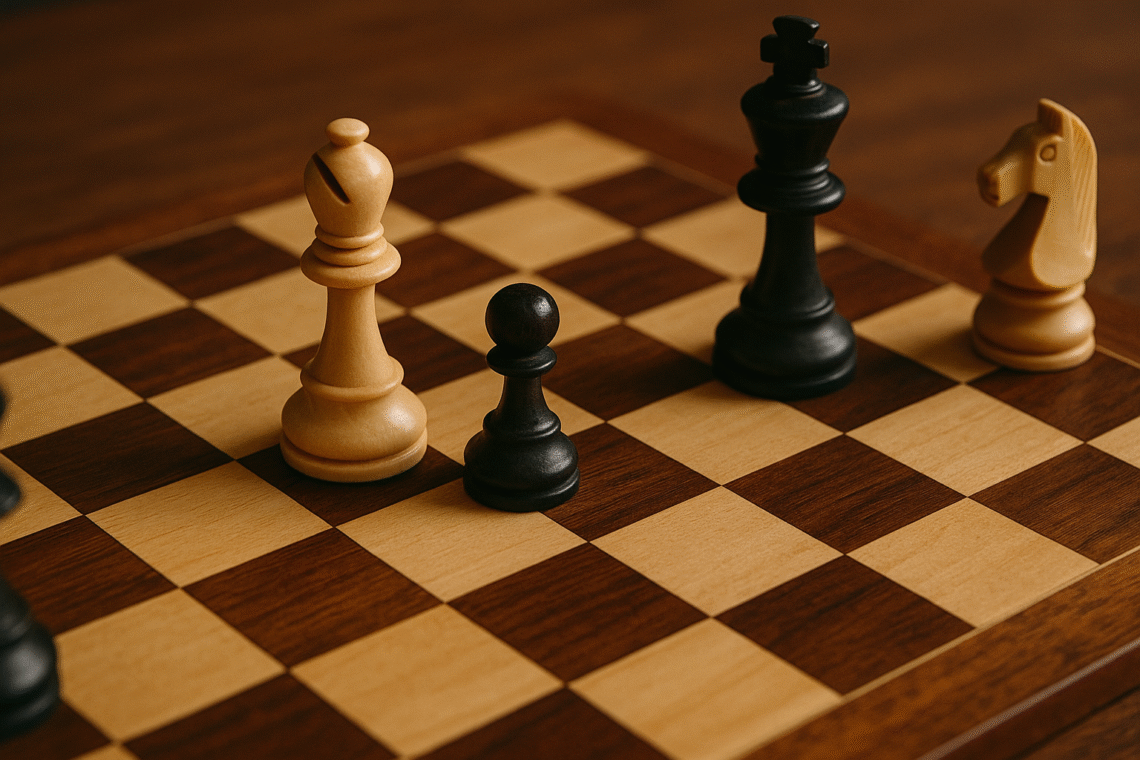A Gentle Reflection on a Difficult Virtue.
Sacrifice. The very word sounds like it belongs in the pages of Homer or perhaps the darker chapters of Leviticus—some arcane ritual involving goats and a lot of smoke. Or, if you’re a modern-day millennial, perhaps it simply conjures a vision of surrendering the right to WiFi for four hours.
But let us take the idea seriously for a moment – What is sacrifice, really? And more importantly, is it still relevant in this age of curated comforts and algorithmic convenience?
To sacrifice, etymologically speaking, is to make something sacred. Sacrum and facere—to render holy by letting it go. Intriguing, isn’t it? That to relinquish can be a way of redeeming. And yet, I fear we moderns often treat sacrifice as a distasteful obligation, best avoided if not entirely outsourced.
We sacrifice, yes—but often grudgingly and with the finesse of a toddler forced to share toys with a sibling. We give up chocolate in Lent but compensate with twice the quantity at Easter. We surrender time to causes, but only if they offer Wi-Fi and decent coffee.
But I would venture to say—without sounding too much like an ecclesiastical stewardship pamphlet—that true sacrifice is an art. And like any art worth its name, it demands discipline, imagination, and love.
Take the violinist who bleeds callouses into wood and string so that a sonata may one day move a stranger to tears. Or the parent who gives up a promising career not out of resignation but because raising a child into something better than himself felt the grander purpose. These are not transactional forfeitures. These are sacramental gestures—quiet, deliberate, noble.
And let’s not forget the comic forms of sacrifice, for even they deserve applause. The spouse who watches the entire second season of an abysmal television show simply because you adore it. The roommate who gives up the last biscuit because they saw the week you’ve had. These are small, yes, but they matter. In a world stitched together by minor kindnesses, these are the seams.
But let’s not get too sentimental. Sacrifice, if it is to be more than virtue-signaling, must hurt a little. That’s the test. If there’s no ache, it may just be rearranged preference. Real sacrifice costs. It is the letting go not of what is expendable, but of what is dear. A dream. An entitlement. A sense of moral superiority. Even, sometimes, one’s own voice in a conversation—to truly listen, to understand, to serve.
Strategic sacrifice, of course, is the adult sibling of the impulsive kind. It asks not just what will I give up?, but why, and to what end? It’s the chess master’s rook offered in order to checkmate the king three moves hence. It’s the activist who absorbs ridicule to shift a conversation. It’s the leader who takes a hit in popularity for the long-term flourishing of the whole.
These kinds of sacrifices—often painful, rarely praised—shape societies as much as they shape souls. They are the invisible architecture of any healthy community. And yet, in an age that exalts personal freedom above all else, we have largely stopped teaching this virtue. Worse, we’ve begun to treat it as folly. Why yield when you can assert? Why bend when you can brandish?
I’ll tell you why. Because some things are more important than winning. Because not everything that hurts is harmful. Because to live well with others sometimes requires us to live less entirely for ourselves.
So perhaps it is time we recovered the language of noble loss, of generous letting go—not as defeat, but as a form of art. The art of aligning our lives with something larger, more enduring than ego or appetite.
And so I leave you, dear friend, with a question rather than a conclusion:
What might you sacrifice—not mindlessly, not masochistically, but wisely and intentionally—for the greater good?
In your answer, you may find not just what the world needs, but who you were meant to become.





